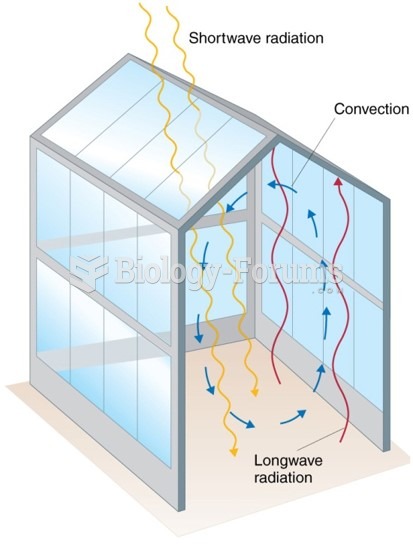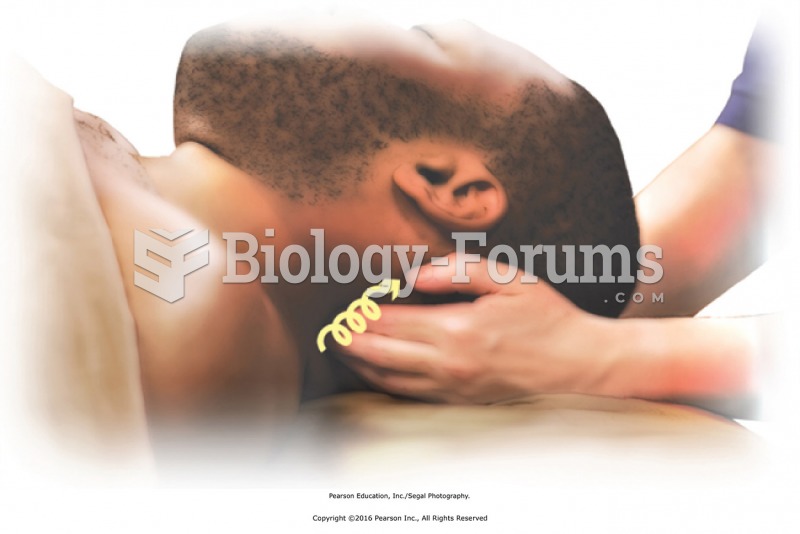Answer to Question 1
ANS: B, C, D
Nursing interventions for maternal hypotension arising from analgesia or anesthesia include turning the woman to a lateral position, increasing IV fluids, administering oxygen via face mask, elevating the woman's legs, notifying the physician, administering an IV vasopressor, and monitoring the maternal and fetal status at least every 5 minutes until these are stable. Placing the client in a supine position would cause venous compression, thereby limiting blood flow to and oxygenation of the placenta and fetus. A sterile vaginal examination has no bearing on maternal blood pressure.
Answer to Question 2
ANS: B
As labor progresses the woman often experiences referred pain. This occurs when pain that originates in the uterus radiates to the abdominal wall, the lumbosacral area of the back, the gluteal area, and thighs. The woman usually has pain only during a contraction and is free from pain between contractions. Visceral pain is that which predominates in the first stage of labor. This pain originates from cervical changes, distention of the lower uterine segment, and uterine ischemia. Visceral pain is located over the lower portion of the abdomen. Somatic pain is described as intense, sharp, burning, and well localized. This results from stretching of the perineal tissues and the pelvic floor. This occurs during the second stage of labor. Pain experienced during the third stage of labor or afterward during the early postpartum period is uterine. This pain is very similar to that experienced in the first stage of labor.







